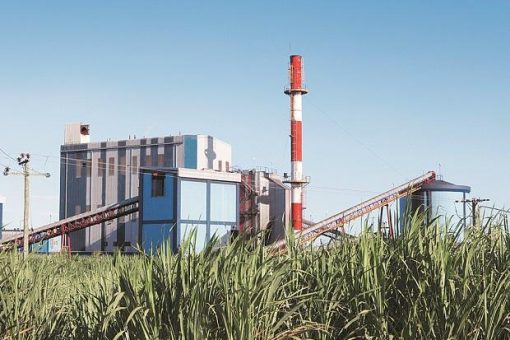
YELLOW LEAF SYNDROME
There lived an affectionate grandmother in a home and as was the practice in early days, she was lovingly taken care of by her family. She used to enjoy betel leaves with an areca nut after lunch and supper.
In India, especially in our region, small shops always make available betel leaves for the traditional paan, which is somewhat different from the ‘Banarasi paan’. It is a simple preparation.
Many people would choose to buy this betel leaf in these small shops and consume it from there but this lady used to do it at home herself.
She had a loving grandson, who used to bring her the requirement once in few days. Her grandson noticed that his grandma was always using the yellow betel leaf which had got ripened, whereas other people always consumed it fresh and green at shops. So, he used to chide her, “Grandma, you should not eat the yellow leaves, as I’ve brought you a fresh set.”
But she smiled and replied,
“No, I cannot throw away these. I will eat these as I have it.”
This happened for months and years and the grandson was never able to tell her or deprive her of the fresh leaves. And their saga continued.
She always used to take the yellow leaf even though he used to bring her the fresh green leaves, which she kept away and consumed only after the earlier set of leaves were exhausted.
I would call this as the “yellow betel leaf syndrome”.
When we are overcome with kindness and affection our perspective that one should have fresh is forgotten. The grandson could have waited till the grandmother consumed it totally and then could have provided her with a set of fresh green leaves. Otherwise, she would never change. It is a matter of only 3 or 4 days.
We are governed by habits. If all the time we are using something which has outlived its usefulness and then we keep buying something fresh, we are compromising the value in freshness that we are seeking. But we are happy with it.
When it comes to social life, economic life and political life, the yellow betel leaf syndrome will always be prevalent. Whether any external circumstances will remove this inertia, like if it suddenly happens that, betel leaves do not come to market for six days, only then would both accept change.
If it is a conscious will that we should stop taking anything that is not good, then it is a matter of decision.
The grandma will never change the habit. The grandson will have to do it kindly. He would have to find a reasonable excuse not to give her and watch her till her yellow leaves are over and then give her fresh ones.
But if she insists that she will take only a yellow leaf, it is her choice, isn’t it? This is how a matter of change or addressing change could happen in myriad ways.
Yellow betel leaves syndrome will remain in our lives, especially the political life – let everything remain as it is because we are not able to accept change nor do we believe that change is necessary!
But increasingly change is being demanded, especially when external circumstances demand it, then there would be a sudden decision.
Plan change, we are told it is smart. The transformation process can be political entrepreneurship, economic entrepreneurship, or social entrepreneurship. The entrepreneur is not confined to the area of business.
Entrepreneurship is to recognise the changes. It is an observation process. And when a resource has outlived its purpose, entrepreneurship can take over when an entranced person is comfortable, but what is being done will not accept the change, the entrepreneur will engineer the change. And this observation has been prevalent for last maybe thirty known centuries that man has adapted to change. But now innovation is a tool of the entrepreneur, the entrepreneur recognises the change and becomes an instrument in handling change. This process when determining a fact that a resource has outlived the purpose and is no longer necessary and redundant is called, “creative destruction”.
This term was coined by an Austrian economics Professor, Joseph Schumpeter, and followed by a school of economists – the Austrian School. The Austrian School of Economists bring reason into their studies as well as application processes.
India has enormous potential for creative destruction and it is the right time for us to address this as the rapid impact of rapid change will resolve a major portion of our current crisis.
Massive lead for employment, which we call as the employment of the masses beating the supply imbalances of our earning as well as deserving populace leads, transformation of our resources from a lower to a higher yield, that the land, labour and capital, improving our organisation, to organisational effectiveness, wherever be that organisation, in government domain, in public areas in areas where we serve the people whether it is by the basic production, manufacture, services and delivery of utilities.
Quality is part of this process and Quality Management has improved tremendously in the last 50 years. It is now a discipline.
We, therefore need to develop the practices of entrepreneurship.
